Modelling Setley Prisoner of War Camp
There is not much left to see of the old prisoner of war camp on Setley Plain but using all the information we have collected, 1946 RAF historic aerial photographs, memories, paintings and sketches and an awareness of the very standardised world war II building forms, it is possible to rebuild Setley Prisoner of War Camp 65 as a 3D model and give an impression of how it may have looked.
This 3D modelling technique has been used to ‘rebuild’ a number of other sites and features across the New Forest helping the project team to better understand the sites and features where not much survives on the ground. We have produced some ‘fly through’ animations, these models can also be used to help re-kindle memories and add layers of additional information to our knowledge of these historic sites.
To build our models we use SketchUp. You can download a free version of this program from the SketchUp website.
3D reconstruction of World War II Prisoner of War Camp
Further reading relating to Setley Camp that can be found on New Forest Knowledge:
- Follow the Setley Camp time line to see the main events relating to the camp.
- Follow 3D model to see our efforts to reconstruct the camp.
- Follow families to see peoples recollections of living at the camp after the war. if you lived there please add a comment with your recollections.
- Follow Post war civilian occupation to see some photographs of the camp from the late 1940s.
- Listen to extracts of the oral history interview with Hans Strehlau once a German POW at Setley.
- Read more about one of the Italian POWs Benedetto Spano.
- Many item were made by the POWs for local residents, follow chess set to read more.
- A range of documents and artefacts have come to light from the camp, find out more
- Families in Lymington ask to have a German POW for Christmas


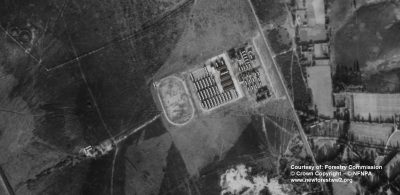
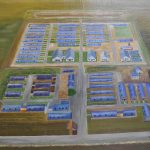
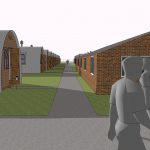


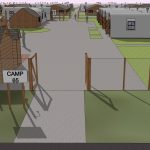
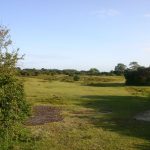
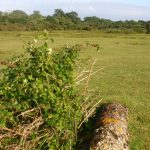
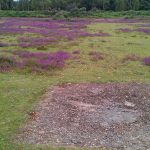
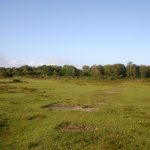
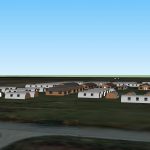

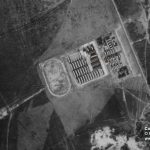
This 3D technique is extremely interesting. I would like to know whether you can apply it to another POWs Camp (Camp 61, Wynols Hills, Coleford), where my father was held for four years. A special feature of this Camp is that in 1944 the Italian POWs constructed within its fence a big monument dedicated to Guglielmo Marconi, designed by my father and realized under his guidance.